HOMOTRANSPLANTATION OF THE LIVER IN HUMANS
Figures




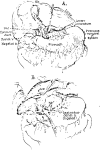
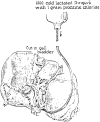
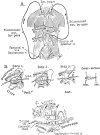


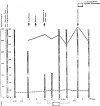
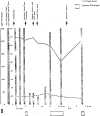
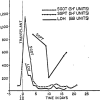

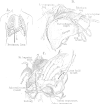
References
-
- CHILD CG. W. B. Saunders Co.; Philadelphia: 1954. The Hepatic Circulation and Portal Hypertension; p. 285.
-
- GOODRICH EO, WELCH HF, NELSON JA, BEECHER TS, WELCH CS. homotransplantation of the canine liver. Surgery. 1956;39:244. - PubMed
MeSH terms
Substances
Grants and funding
LinkOut - more resources
Full Text Sources
